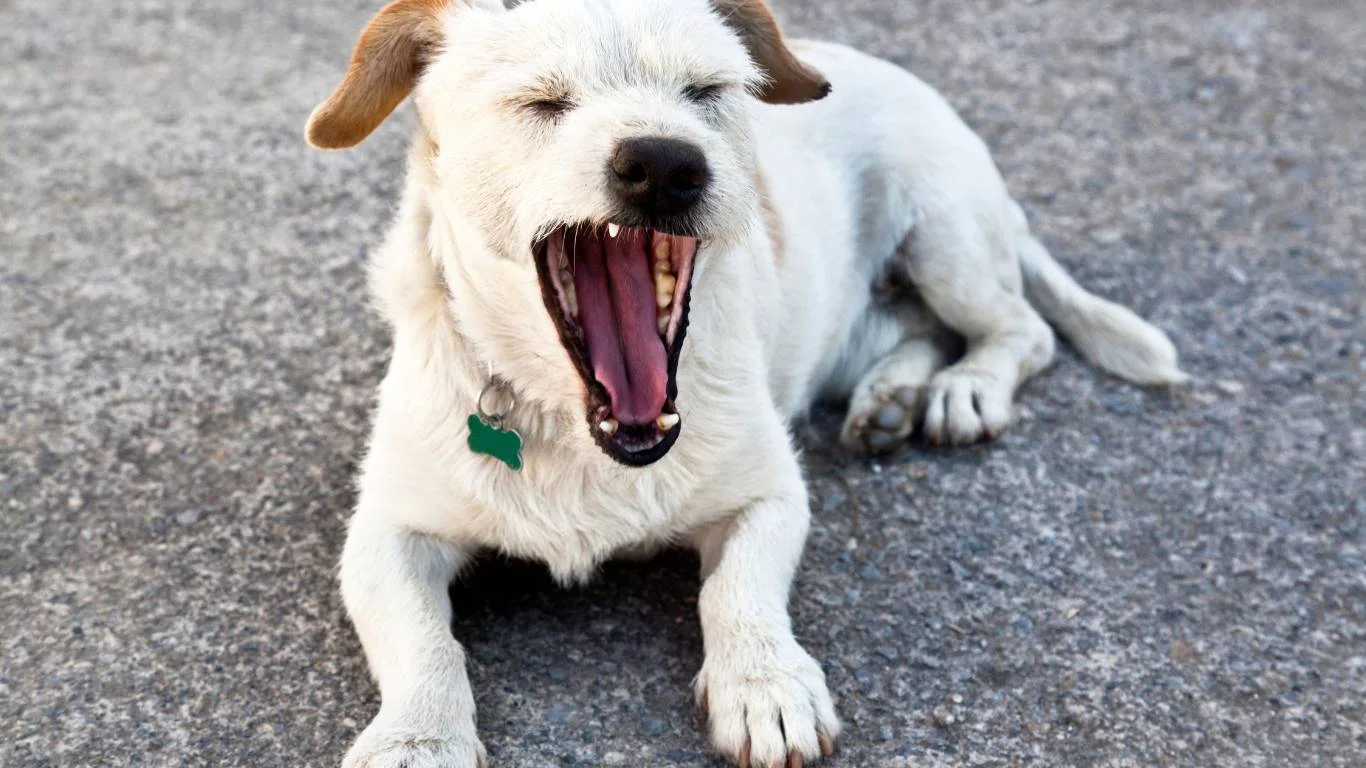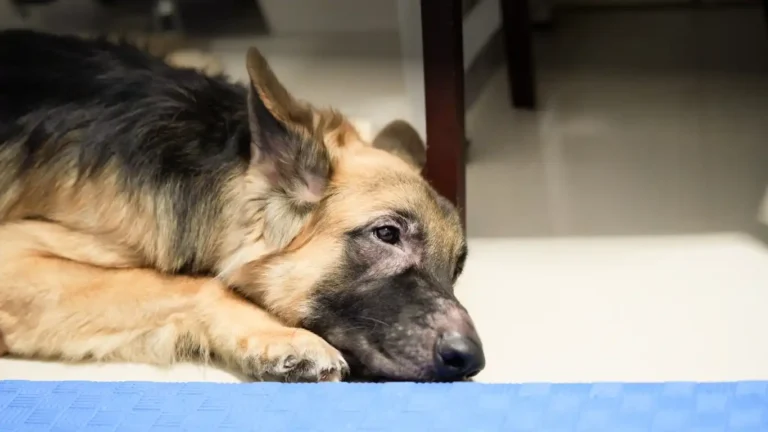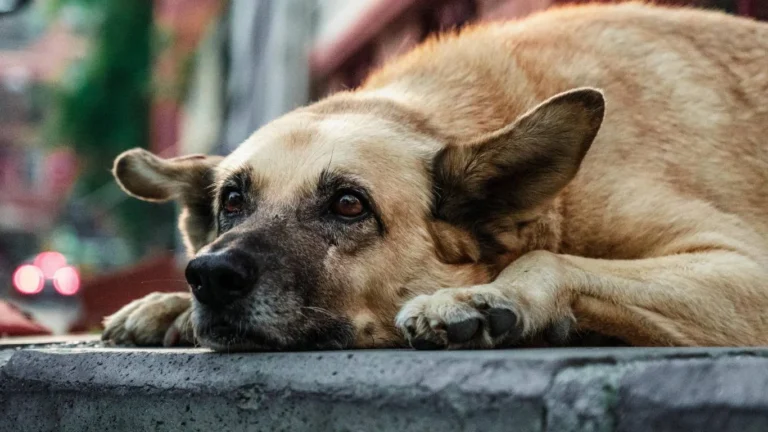How to Help a Dog with a Dislocated Hip: Simple Steps for Fast Relief
If you’ve ever seen your pup limping, whining, or holding up one leg awkwardly, it’s heart-wrenching. I’ve worked with countless pet parents facing this exact situation, and one of the scariest injuries I’ve seen is a dog with a dislocated hip. It’s painful, and your furry companion will need immediate attention. But don’t panic! There are steps you can take to help your dog feel better and get them on the road to recovery.
Understanding Hip Dislocation in Dogs
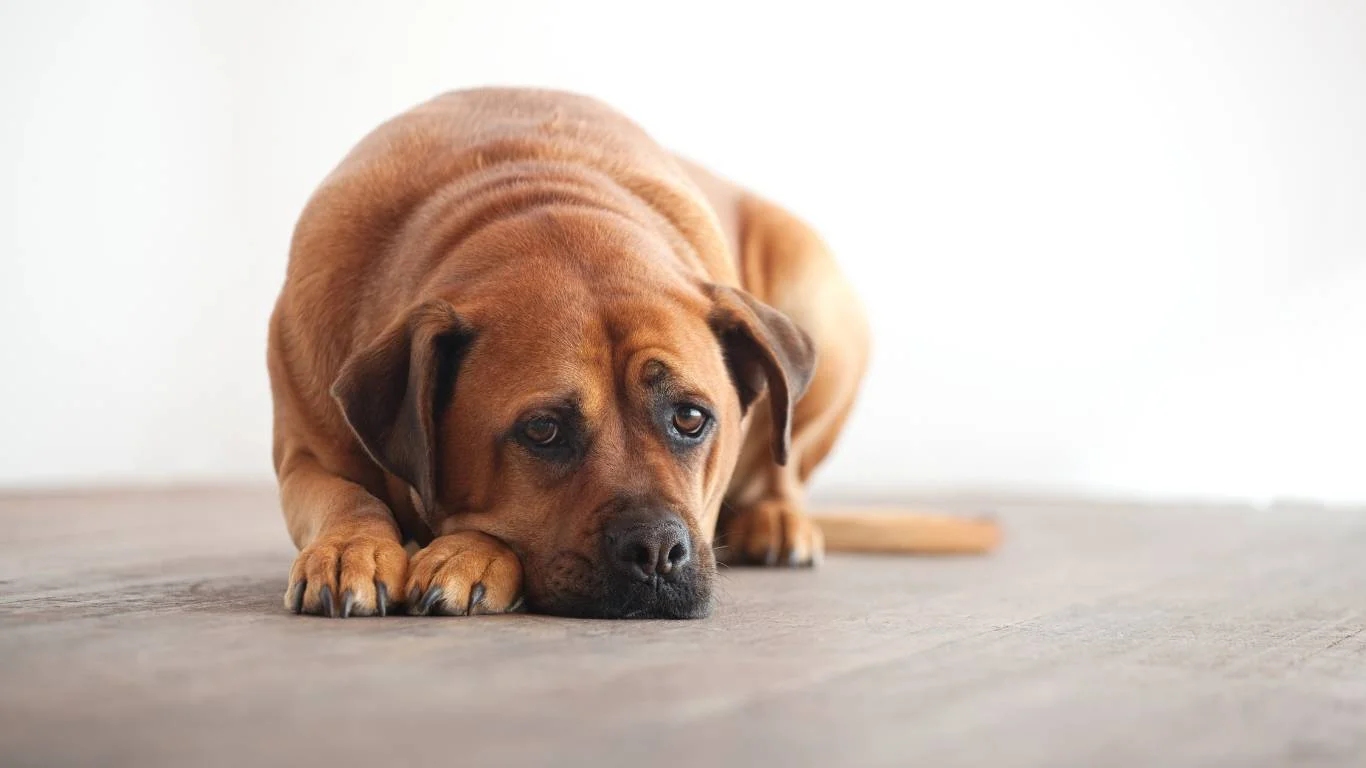
Before we dive into how to help, let’s break down what a hip dislocation actually is. Also called coxofemoral luxation, this happens when the ball of the femur (thigh bone) pops out of the hip socket. Unlike a simple sprain, this injury means the joint is completely out of place and won’t go back on its own.
Common Causes of a Dislocated Hip in Dogs
In my experience, hip dislocations in dogs usually happen due to:
- Trauma: Car accidents, rough play, or falls from heights.
- Hip Dysplasia: Some breeds, like German Shepherds and Labradors, are prone to hip issues, making them more vulnerable.
- Ligament Damage: Torn ligaments weaken joint stability.
Signs Your Dog May Have a Dislocated Hip
Since dogs can’t tell us what hurts, knowing the symptoms is crucial. I always tell pet parents to watch for these signs:
- Limping or refusing to put weight on the leg
- A visibly shorter or rotated leg (One leg may look twisted or pulled up higher than the other.)
- Whining, yelping, or signs of distress
- Swelling around the hip area
- Reluctance to move
If your dog is showing these symptoms, don’t wait—get them to a vet ASAP!
What to Do If Your Dog Has a Dislocated Hip

When I worked in a veterinary clinic, I saw many pet parents panic in this situation, and I get it—it’s scary! But staying calm and taking the right steps can make a big difference.
Step 1: Keep Your Dog Still
Movement can make things worse. Try to keep your dog lying down and avoid unnecessary stress. A large dog might need a blanket or towel as a makeshift stretcher to move them safely.
Step 2: Avoid Trying to Pop the Joint Back Yourself
I’ve had clients ask if they can “just pop it back in.” Please don’t! This requires a trained professional, and doing it wrong can cause permanent damage.
Step 3: Support the Hip Area
If you need to transport your dog, gently support the hip using a rolled-up towel or soft padding to minimize movement.
Step 4: Get to the Vet
This is a medical emergency. Your vet will likely take X-rays to confirm the dislocation and determine the best treatment, whether it’s a closed reduction (manual realignment) or surgery.
Veterinary Treatment Options
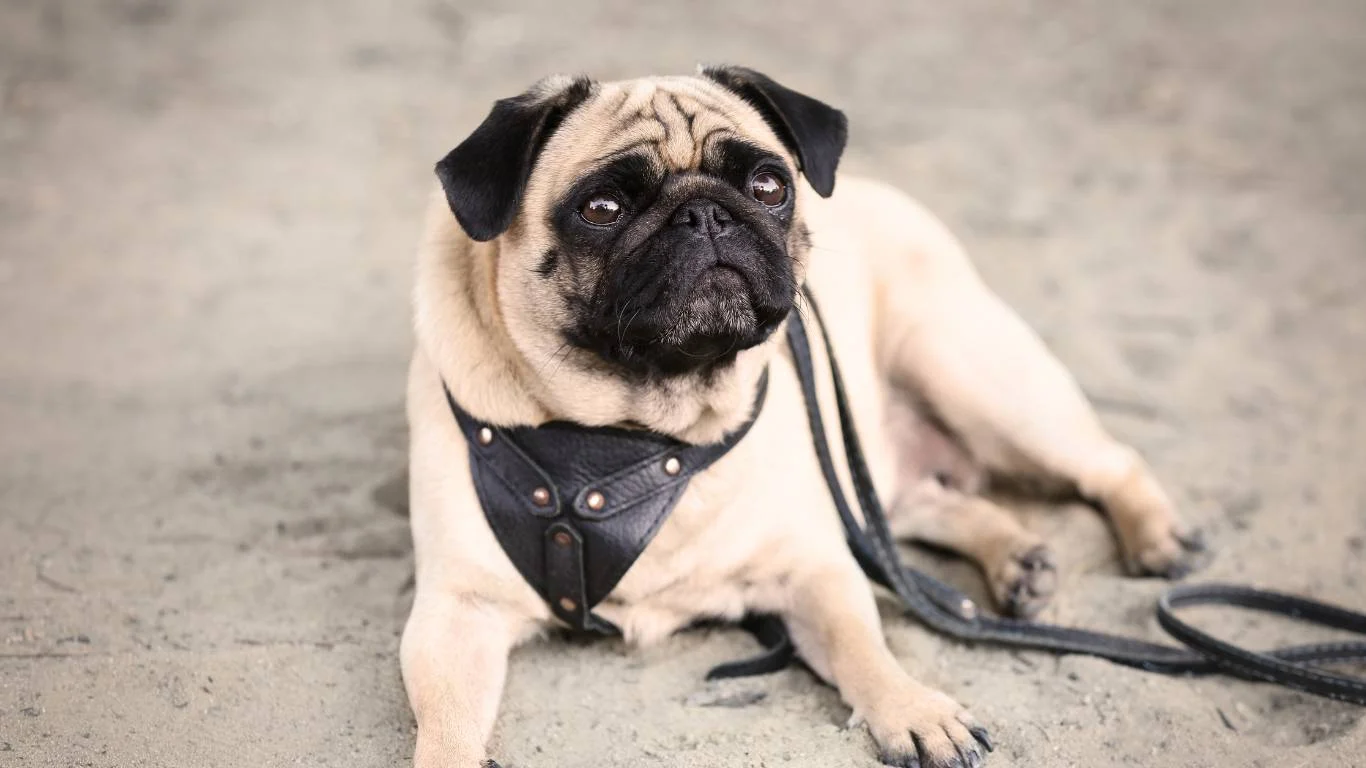
Depending on the severity, your vet may recommend:
- Closed Reduction: If the dislocation is recent and there’s no severe damage, the vet may manually reposition the joint and stabilize it.
- Surgical Repair: If ligaments are torn or the joint won’t stay in place, surgery may be necessary.
- Femoral Head Ostectomy (FHO): In severe cases, the femoral head is removed to create a false joint, helping the dog regain mobility.
Recovery depends on the treatment, but most dogs do well with proper care.
Recovery Process After a Dog’s Hip Dislocation
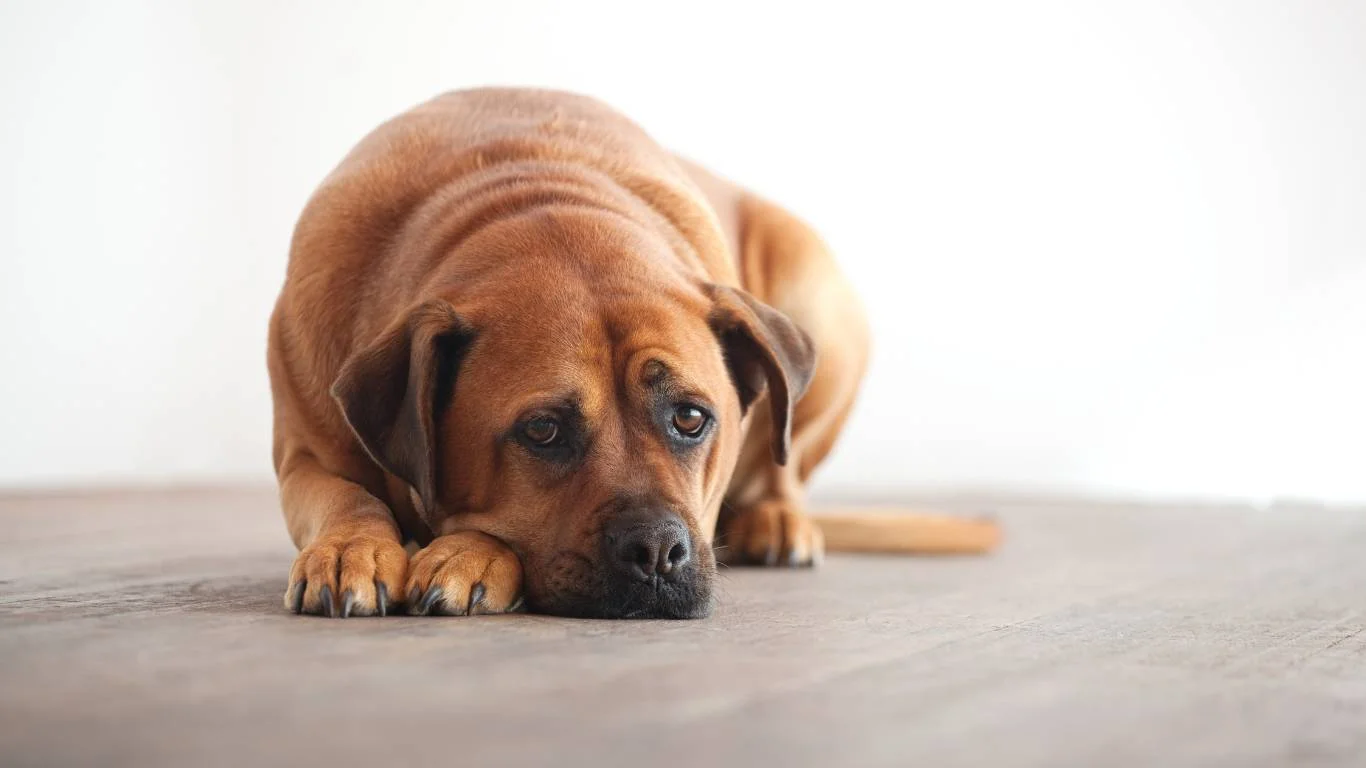
Once your dog has received the proper treatment, the next challenge is helping them recover. In my experience, recovery can take time, but with patience, your dog can fully heal and regain their mobility. The journey from a dislocated hip to a fully functional joint involves a few stages, and it’s essential to stay on top of each one to ensure the best outcome.
Stage 1: Post-Treatment Care
Immediately after your dog’s hip has been set back into place or after surgery, you’ll likely need to keep them in a calm, quiet space. I always tell pet parents that limiting movement is key. It can be tough, especially for high-energy dogs, but this initial phase helps prevent further injury and gives the joint time to heal. The vet will likely prescribe pain medications to keep your pup comfortable during this time.
During this period, you’ll also need to help with mobility. For example, short, controlled walks might be recommended once your dog is cleared by the vet. This prevents muscle atrophy, but you’ll need to keep the walks slow and supervised. Think of it like a gradual re-entry into physical activity—no running or jumping just yet!
Stage 2: Physical Therapy and Rehabilitation
Once your dog has started to heal, the real work begins. Physical therapy (or rehab, as we like to call it) plays a huge role in making sure your dog recovers fully. Many dogs experience a loss of muscle mass around the hip joint after a dislocation, so it’s essential to gently rebuild that strength.
In the clinic, we often work with a veterinary physiotherapist to guide these recovery steps. Here’s how it works:
- Massage and Range-of-Motion Exercises: Gentle massages can help increase blood flow and keep the muscles relaxed. I’ve found that range-of-motion exercises also help prevent stiffness.
- Hydrotherapy: If your vet offers this, hydrotherapy is a fantastic way to let your dog exercise without putting too much pressure on the injured joint. Swimming is especially beneficial for strengthening the muscles around the hip.
- Gradual Weight-Bearing Exercises: These exercises help your dog build up the strength in their leg, and I’ve seen great results with tools like balance boards or inflatable cushions.
Preventing Future Hip Injuries

As a pet nutritionist, I’m always thinking ahead about long-term health, especially when it comes to dogs who’ve experienced joint injuries. A dislocated hip can put extra strain on the joint in the future, so it’s crucial to take steps to prevent further problems. Here’s where you can make a difference in your dog’s future health:
Maintain a Healthy Weight
Obesity can make joint problems worse, and with a history of hip dislocation, keeping your dog at a healthy weight is essential. I can’t stress enough how important proper nutrition is in this equation. Foods rich in omega-3 fatty acids—like fish oil—can reduce inflammation and support joint health. I’ve had a lot of success recommending a balanced diet with joint supplements, such as glucosamine and chondroitin, to help keep their cartilage healthy.
Provide Regular Low-Impact Exercise
While you’ll need to limit high-impact activities initially, once your dog is recovered, consistent low-impact exercise is great for their joints. Walking on soft ground (think grass or dirt paths) is less jarring than pavement. Regular, moderate walks will keep their muscles and joints strong, and it’s a great way for both of you to get some fresh air!
Avoiding rough play, jumping, or activities that put unnecessary stress on the hip joint is crucial in the long term. I’ve seen too many dogs reinjure themselves because they were allowed to get back to their old routines too quickly.
Breeds at Higher Risk
Some breeds are naturally more prone to hip issues, and if your dog falls into this category, additional precautions might be necessary. Breeds like German Shepherds, Golden Retrievers, and Bulldogs often suffer from hip dysplasia, which can make dislocations more likely in the future. If you have one of these breeds, working with your vet on an individualized plan to protect their joints is crucial.
In my experience, early detection and intervention can help prevent further damage. Regular vet check-ups, along with an emphasis on joint health from a young age, can make all the difference. If you’re unsure what the best course of action is for your dog, talk to your vet about ways to prevent future issues based on their specific breed and risk factors.
Alternative Therapies for Joint Health

In addition to traditional methods like physical therapy, there are some alternative therapies that can support joint health and help prevent future injuries. I’ve seen a lot of pet parents have success with the following treatments:
- Acupuncture: This holistic treatment has been gaining popularity for its ability to reduce pain and improve mobility. It can be especially effective in relieving discomfort from joint injuries.
- Laser Therapy: Low-level laser therapy can stimulate healing in soft tissues and help reduce inflammation around the hip joint.
- Chiropractic Care: Some dogs with joint problems benefit from adjustments that help improve their posture and joint alignment.
While these therapies are not a substitute for standard medical care, they can complement the recovery process and improve your dog’s overall quality of life. Always discuss any alternative treatments with your vet before proceeding to ensure they’re appropriate for your dog’s condition.
Long-Term Care for a Dog with a Dislocated Hip
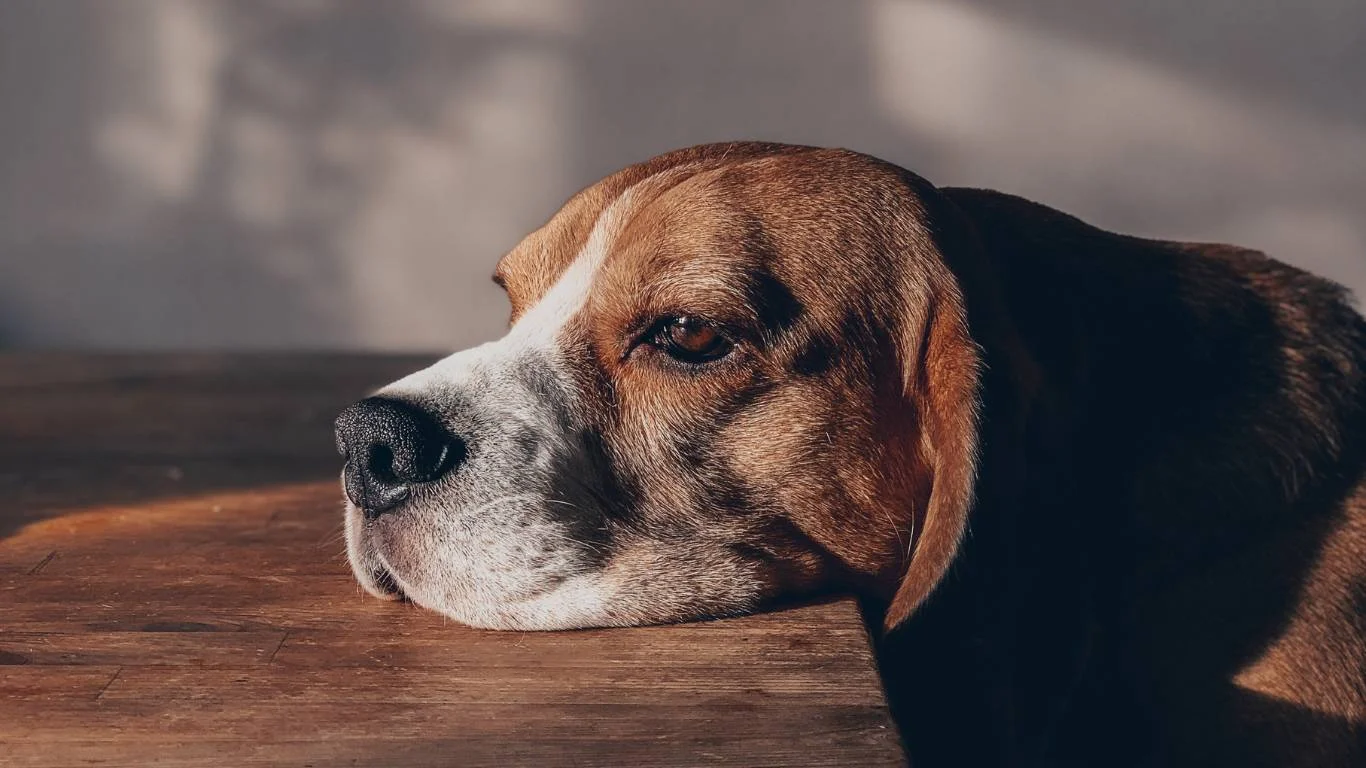
Now that your dog has fully recovered from their hip dislocation, it’s time to think about their long-term care. Managing joint health after such an injury is crucial for preventing future complications and ensuring your dog lives a happy, active life. As someone who’s worked with numerous pet parents through this journey, I can tell you that maintaining a balanced approach to care will make a huge difference in the quality of life for your dog.
Regular Vet Check-Ups
Even after recovery, regular veterinary check-ups are essential to catch any early signs of joint deterioration. I always recommend that pet parents schedule follow-ups at least every six months—sometimes more frequently, depending on your dog’s breed, age, and the severity of the dislocation. A quick check-up can help spot issues like arthritis, which can develop as a result of joint trauma.
During these check-ups, your vet may recommend routine X-rays to monitor the hip joint, especially if your dog is prone to future dislocations or is older. Early detection of wear-and-tear can help you manage your dog’s health proactively.
Ongoing Physical Therapy
Although your dog is likely back to their usual activities by now, I’ve found that continuing some form of physical therapy even after recovery is incredibly beneficial. It’s not about pushing them too hard—it’s about maintaining joint mobility, strength, and flexibility.
Even a few sessions of physiotherapy per month, especially in the form of gentle stretching exercises or low-impact swimming, can keep their muscles strong and support the hip joint long-term. This ongoing care can slow down the progression of arthritis and reduce the risk of reinjury.
Diet and Supplements to Support Joint Health
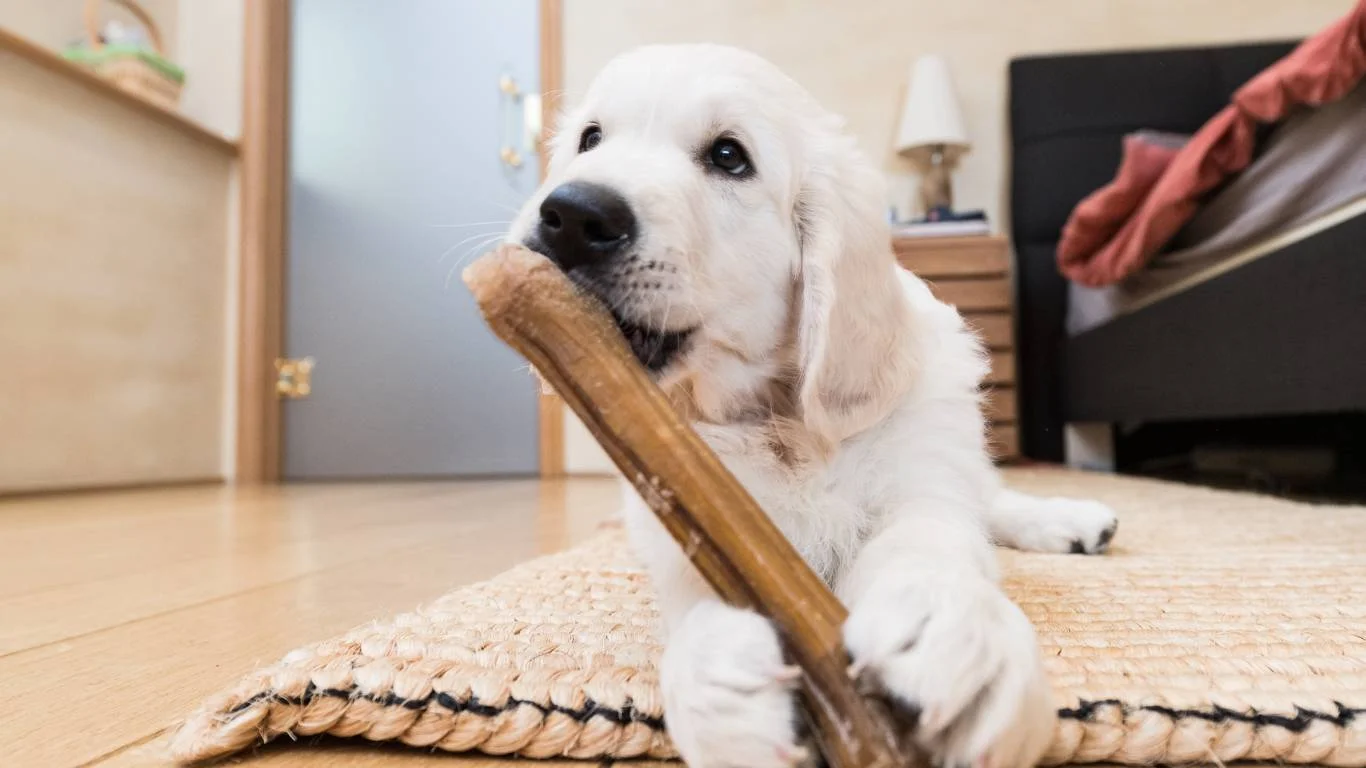
As a pet nutritionist, I’m a huge advocate for preventative care, and what you feed your dog plays a massive role in joint health. After a dislocation, it’s crucial to support the healing process and keep the joints strong for the future. That means incorporating joint-supporting ingredients into your dog’s diet—both in terms of food and supplements.
Best Foods for Joint Health
The first step is ensuring your dog is eating a balanced, nutritious diet. Look for high-quality dog food that includes:
- Omega-3 Fatty Acids: These are anti-inflammatory and can help keep the joints lubricated. Fish oil and flaxseed are great sources.
- Glucosamine and Chondroitin: These are the building blocks of cartilage and can help repair damaged joints. Many high-quality dog foods will include these, but you can also add supplements if needed.
- Antioxidants: These help fight the oxidative stress that can damage joints over time. Look for foods that include ingredients like sweet potatoes, blueberries, and carrots.
Feeding your dog foods rich in these nutrients can help protect the joint, reduce pain and inflammation, and even slow down the progression of arthritis if that’s something your dog’s at risk for due to their injury.
Joint Supplements
If your dog is prone to joint issues or if they’ve had a dislocated hip in the past, adding joint supplements can provide additional support. Some popular supplements that I recommend include:
- Glucosamine and Chondroitin: As mentioned earlier, these supplements can help maintain healthy cartilage and prevent further damage.
- Turmeric: This herb has natural anti-inflammatory properties that can ease joint pain and stiffness.
- MSM (Methylsulfonylmethane): This is another supplement that promotes joint health and reduces inflammation.
Before adding any supplements, though, it’s always best to consult with your vet to ensure the dosage is correct for your dog’s size and needs.
When Surgery Becomes Necessary Again
While many dogs fully recover from a hip dislocation and lead normal lives, some might face recurring issues due to the instability of the joint. In my experience, if your dog is experiencing recurring dislocations or developing significant arthritis, surgery may become necessary again in the future.
The most common surgical options for recurrent hip problems are:
- Hip Replacement: This is the most permanent solution for severe cases of hip dysplasia or arthritis. It’s a major surgery, but it can give your dog a new lease on life, allowing them to move pain-free.
- FHO (Femoral Head Ostectomy): As mentioned earlier, this procedure removes the head of the femur to prevent painful bone-on-bone contact. It works well for dogs with severe arthritis or those who have recurring dislocations that can’t be corrected by less invasive means.
While surgery can be a big decision, it’s something to consider if your dog’s pain becomes unmanageable or their mobility is significantly affected. It’s important to have an open discussion with your vet to weigh the pros and cons.
References
For more information on pet joint health and managing injuries like hip dislocations, check out the following resources:
- PawPatron – Dog Health and Wellness
- AKC – Hip Dysplasia in Dogs
- Veterinary Specialist Information on Hip Dysplasia
Always consult with your veterinarian before making decisions regarding your dog’s health. Each pet is unique, and what works for one may not work for another.
Disclaimer
The information in this article is intended for general guidance and informational purposes only. It should not be construed as medical advice. Always seek the advice of your veterinarian or another qualified pet health provider with any questions you may have regarding your dog’s health or medical condition.
